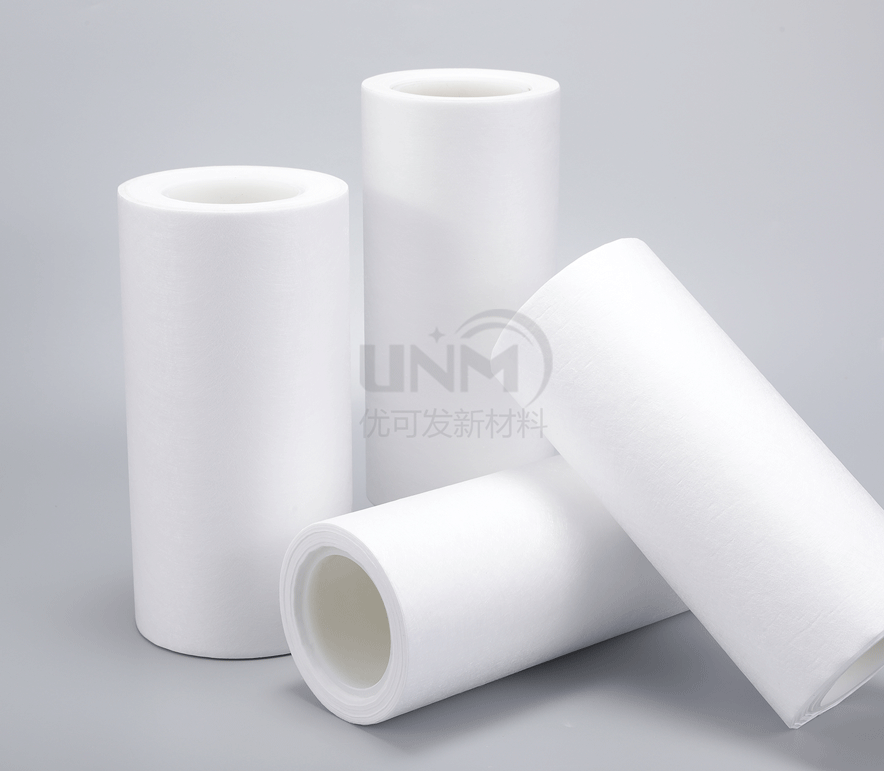Microporous filter membrane refers to a filter membrane with tiny pores, which is usually used to filter microorganisms such as solid particles or bacteria. When “0.45um” is mentioned, this means that the microporous membrane has a pore size of 0.45 microns (or 450 nanometers).

0.45um microporous filter membrane is used in many applications Widely used, especially in microbiology, medicine and the food industry. It has the following characteristics and applications:
1. Filter microorganisms: It can well prevent particles with a diameter greater than 0.45 microns from passing through. This means it is capable of filtering out many bacteria, mold spores, circulating viruses and other microorganisms. It plays an important role in environmental monitoring, laboratory identification, and liquid and gas processing.
2. Inorganic solution filtration: It can also be used to filter solid particles in inorganic solutions. They remove tiny particles suspended in a solution to improve the purity and clarity of the liquid.
3. Protein and cell culture: In biotechnology, cell culture and biopharmaceuticals, 0.45um microporous filter membrane is often used Used to filter culture media, culture fluids and biological products. They keep cultures free of bacteria and prevent microbial contamination.
It should be noted that the 0.45um microporous filter membrane may not be enough to filter out some smaller-sized particles or viruses. For special applications, especially those requiring high-level filtration, such as in clean room environments, it may be necessary to use low-pore size filter membranes (such as 0.2um or smaller) to achieve high filtration effects. Therefore, when selecting a filtration membrane, it is necessary to choose based on the specific application needs and the required filtration efficiency. Interested parties are welcome to enter the store and contact us.
</p





